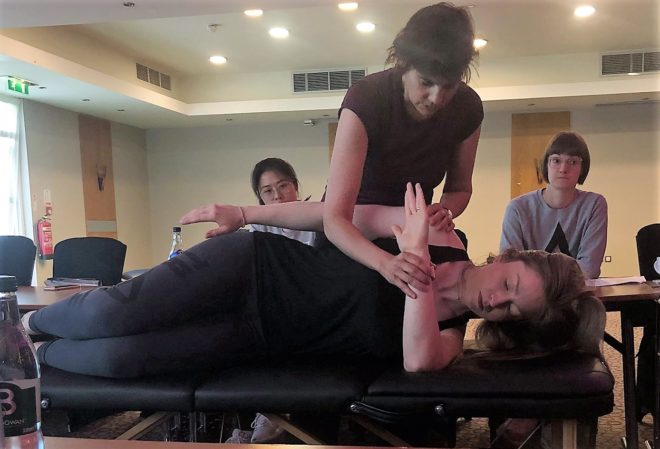
Clinic News
It's been a busy month for us all – Jenny, back from maternity leave, had no time to break herself in gently as she's been fully booked since, and Alex and Sophie away on conferences and courses to learn more techniques to share with you.
Sophie spent three days on a Dynamic Neuromuscular Stabilisation course; which looks to improve a person’s movement quality and stabilisation, particularly their breathing patterns. This can be for pain reduction, injury prevention or improving sports performance.
Also look out for the new patient information videos in reception, on our website and Facebook posts to help you understand the benefits of chiropractic care and share it with your friends and family.
The facelift throughout the clinic is well underway thanks to our lovely painter Dave who is modernising our colour scheme - good bye magnolia. Some top tips from Andrew this month on keeping us well - body and soul over the bank holidays. Don't forget we are closed both bank holiday Mondays but for emergency advice call the help line on 07854707873. This is not for changing your appointment though please! We now have our connections with the imaging facility at QMC so we can access your images online and store them on your file which will help in managing your care so much better. Please let your chiropractor know if you want your images accessed (that's x-rays and MRI scans etc.) We are still waiting for the wall to be rebuilt so lookout for car park restrictions which may occur this month - we will text you information with your reminder text if there could be problems parking, so please read your text fully when you receive it just in case there is an extra message there. Finally congratulations to all our brave and fantastic patients who completed the London marathon last weekend and the amazing amount of money you raised for such worthy causes.
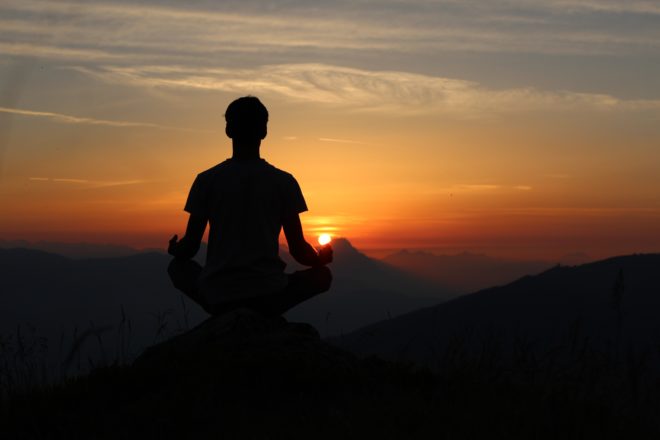
Meditation in May (challenge)
Meditation in May?!
You might have heard that it’s all in your head right? But did you know that whilst a lot of injuries and stiffness we experience are not in our head, they are always felt and interpreted by our minds - sometimes we can give ourselves an extra edge by going straight to the source (our minds) rather than attacking the joints and muscles (although this is a very key part, it can be greatly enhanced by so meditative practice).
Look into this if you:
1) Want to learn something new
2) Get results from treatment but the problem keeps coming back
3) Have a stressful job or lifestyle
4) Want to increase your potential
Now for this we are just going to point you in the right direction as there are so many different types of meditation out there and it can be hard when you start just starting out - please visit MindValley on their website or YouTube channel for a great resource, otherwise just type in 'guided meditation' into the YouTube search engine. Finally there is a guided NLP (neurolinguistic programming) hypnosis video by Paul McKenna which again is free on YouTube.
Trust us on this, learning to control your mind will make a huge difference!
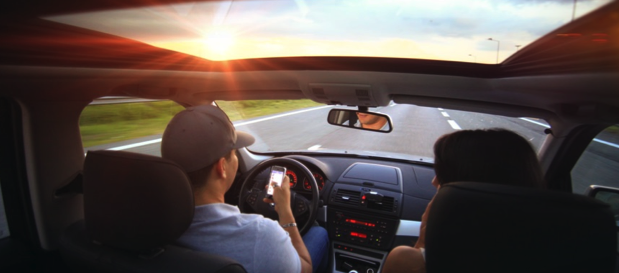
Best posture for driving on bank holiday trips!
You 'May' have noticed that we have 2 bank holidays this month so lots of you will be in your cars!
With back pain being the number 2 reason why we visit our GPs and costing the NHS £1.3Million per day, it is not surprising to see that over 60% of drivers in this survey agreed with the statement ‘my car seat can make my back ache worse after a long trip’ and maybe more importantly, over 40% of drivers said that the car seat was the main cause of their backache.
According to a recent survey commissioned by AutoExpress magazine, a poor seating position in your car can lead to both back in neck problems while a slouched position can also compromise your safety.
“A slouched position can alter the way you wear the seat belt, reducing its effectiveness while an uncomfortable car seat can also lead to driver distraction and loss of concentration.”

So how should your car seat be set up to protect your back and neck?
Top tips:
1. “Make sure that your car seat is not too far away from the pedals. When you fully depress the clutch your legs should remain slightly bent.”
2. “Make sure that your backrest is not tilted back too far. Your elbows should be slightly bent when you position your hands correctly on the steering wheel in the ‘10 to 2 position’.”
3. “Make sure that you increase the lumbar support as much as possible to support the natural arch in your back to avoid slouching. If you do not have a lumbar support built-in, you can use a portable, dedicated lumbar support cushion or roll up a towel and put it behind your back.”
4. “Make sure that the top of your headrest is above the top of your ears. If it is too low it can increase the risk of neck injuries in case of an accident.”
5. “Now, stretch yourself up and make your spine as tall as possible sitting in an ideal posture. Set the rearview mirror so you can just about see the traffic behind you. This will help to correct your posture every time you look in your rearview mirror, because if you slouch you will not be able to use the rearview mirror.”
6. “Make sure that your seatbelt is correctly positioned. If possible, adjust the height so it is not sitting on your neck and according to the Royal Society for Prevention of Accidents (RoSPA), the belt should be worn as tight as possible, with no slack and the lap belt should go over the pelvic region, not the stomach.”
7. “Why not call in to the clinic and speak to a chiropractor if you are concerned about your spinal health and get your car seat checked as part of our service.”

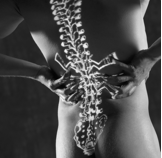
Top 3 back pain myths
In the UK, back pain is one of the most common reasons people miss work, and is the leading cause of disability worldwide. With something so common, it has easy for people to get confused about back pain and misconceptions to arise!

We know that the easiest way to tackle back pain is to keep moving, but sometimes these myths and misconceptions can stop people from doing exercise or seeking proper treatment.
One of the most common myths about back pain is that people think it’s not going to happen to them. In fact 4 out of 5 of us will be affected by back pain at some point in our lives!
Here are the top myths about back pain debunked:
- MYTH: Exercise will cause or worsen back pain
- Staying bed bound with back pain can be one of the worst things you can do! Without exercise muscles become weakened, deconditioned and stiff. To reduce back pain you should rest, calm the pain, followed by gentle exercise.
- MYTH: If you see a spine specialist you will end up getting surgery
- Spinal surgery is only recommended in about 1% of cases. In most cases the treatments recommended will be non-surgical, such as exercise, physical therapy and anti-inflammatory medication.
- MYTH: Back pain is a normal part of aging
- Some people believe that back pain is a typical part of getting older but it shouldn’t be a normal part of your day. We all get aches and pains as we age, however with all the options to ease back pain available today you shouldn’t suffer in silence.

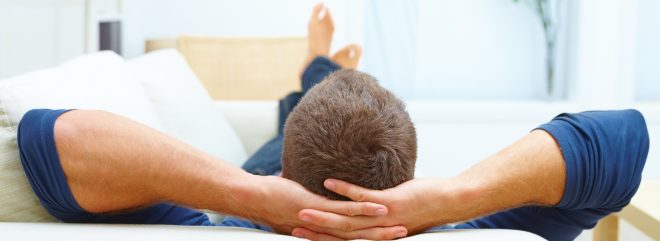
The Importance of Resting your Back
Modern society has led to an increase in back pain, as we put our spines under more and more stress. During the day, especially if you have been working hard, sitting a lot, or have an aching back, it is advisable to rest your back properly for at least 20 minutes.
Besides being relaxing, there are important reasons why you should rest your spine adequately. The discs between the vertebrae have a central jelly section that contains water. During the day, when the spine is put under pressure, the discs lose this water and they become thinner and stiffer. During the night, by lying down, the discs regain their height, and it is for this reason we are often taller in the morning than last thing at night.
Unfortunately, we put an enormous compression force on the spine and discs during the day, particularly by sitting and standing. By lying down in a position where the compression forces in the discs are minimal, the discs can regain their full height and flexibility.
By lying down correctly, large muscles of the back can relax, helping to reduce any muscle spasm. Often they are not able to relax properly (even when we lie down at night, due to stress, tension and poor sleeping positions). Resting your back sounds easy enough, but there are specific directions which you should follow in order to really relax the spine:
Lying on the floor is best, giving good support to the spine. Lie on the bed if this is too sore, or getting up and down is too difficult. Place about 2-3 inches of soft books under your head (with a towel or cushion if painful). Keep your neck level, neither forced up, nor allowed to drop down. You should be able to swallow comfortably, but if in doubt opt for a little extra height. Raise up your legs, either with the feet flat on the floor, or with the lower legs supported by a chair, sofa or cushions. It is the lifting of the legs that allows for relaxation of the lower back muscles. Relax your arms by your sides, or with your hands resting on your abdomen.









